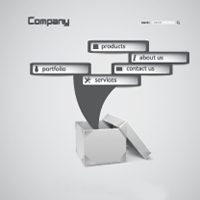The Digital Workplace In Focus

As more and more companies embrace remote work and digital technologies, the concept of the digital workplace has become increasingly important. But what exactly is a digital workplace, and how can it benefit your organization? The following infographic explores these questions and more, providing a comprehensive overview of the digital workplace landscape.
So what is a digital workplace? Simply put, it's a virtual workspace that enables employees to collaborate, communicate, and access information from anywhere, anytime. This can include tools like cloud-based file sharing, video conferencing software, and project management platforms. By leveraging these technologies, companies can create a more flexible, agile work environment that empowers employees to work smarter and more efficiently.
But the benefits of a digital workplace go beyond just improved productivity. They can also lead to better employee satisfaction and retention. When employees have the tools and resources to do their jobs effectively, they're more likely to feel engaged and invested in their work. Additionally, a digital workplace can help companies attract top talent by offering flexible work arrangements and modern, cutting-edge technologies.
Of course, implementing a digital workplace isn't without its challenges. Companies must ensure that their IT infrastructure can support these technologies and that employees are properly trained on how to use them. Additionally, security concerns may be regarding sensitive data being accessed from outside the office.
Despite these challenges, however, the benefits of a digital workplace are clear. By embracing these technologies and creating a more flexible, agile work environment, companies can stay ahead of the curve and position themselves for long-term success.
Whether you're just starting to explore the concept of the digital workplace or looking for ways to improve your existing digital workplace strategy, our infographic has got you covered.










